Redefining the Grid – Why the Power System Is the New Data Center Frontier
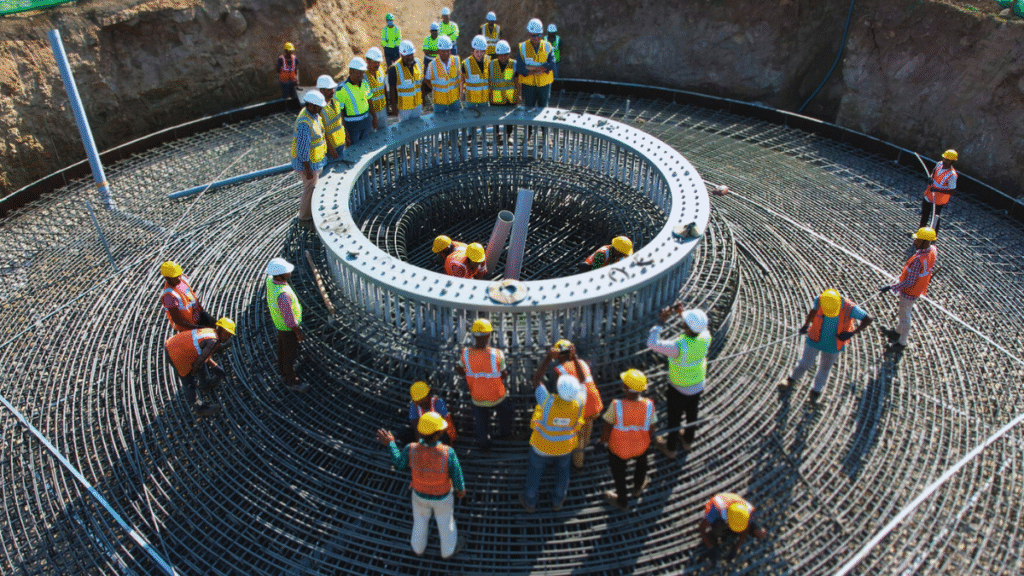
Workers lay the foundation for a wind turbine. Global Infrastructure Partners acquired Equis Energy in 2017; the company is now Vena Energy.
The power grid is no longer a background utility for data centers. It is becoming the defining element of digital competitiveness.
Vena Energy, which emerged from the 2017 GIP acquisition of Equis Energy, is leading the charge. Through its new platform, Vena Nexus, the company is co-developing data center campuses and renewable energy assets in tandem.
Green Infrastructure Integration Is Accelerating
Jeju Island in South Korea is becoming a testbed for offshore wind-to-hydrogen integration, supported by KETEP and KEPCO. Its proximity to Busan makes it a viable site for data center spillover growth, especially as Seoul-based builds slow due to power congestion.
In Malaysia, demand for the Green Electricity Tariff continues to outpace allocation. In March 2025, Tenaga Nasional Berhad announced the opening of subscriptions for the 2025 GET quota, with a total of 6,600 GWh available, responding to strong interest from hyperscale operators in Johor and Sarawak. Sarawak Energy has also signed MOUs with developers for green power exports to peninsula-based data center campuses via interconnection lines.
In Vietnam, a 500-megawatt offshore wind power project near Da Nang is under joint development by EVN Renewables and Chinese giant Envision Energy, targeting both grid support and hyperscale AI load.
The implications are profound. Rather than being passive tenants of the grid, hyperscale platforms must now actively participate in shaping it. That includes securing generation rights, partnering with utilities, participating in grid design consultations, and integrating energy storage and load balancing directly into facility operations.
The grid is no longer downstream of data center strategy. It is central to it – and, increasingly, co-developed from the ground up.





 Time to Market – Why Execution, Not Strategy, Is the Philippines’ Digital Pivot
Time to Market – Why Execution, Not Strategy, Is the Philippines’ Digital Pivot 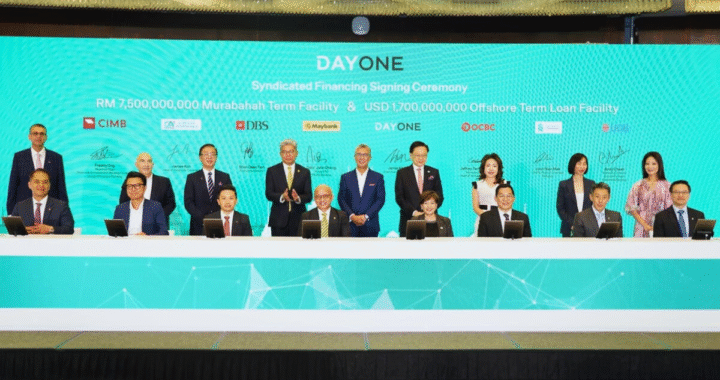 Deal Architecture 2.0 – Execution Risk Outpacing Pure Capital Availability
Deal Architecture 2.0 – Execution Risk Outpacing Pure Capital Availability 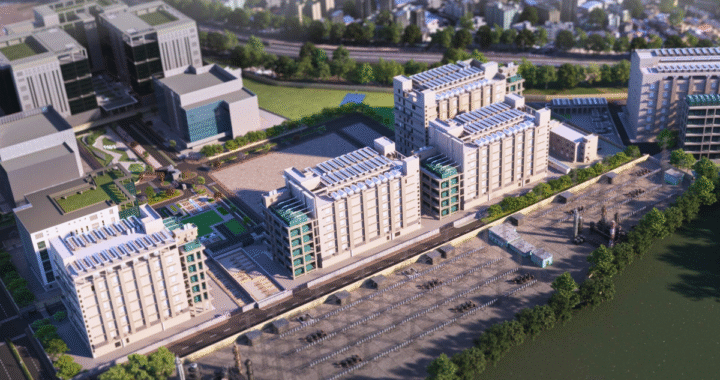 Cross-Border Complexity – How Hyperscale Is Forcing Horizontal Integration
Cross-Border Complexity – How Hyperscale Is Forcing Horizontal Integration 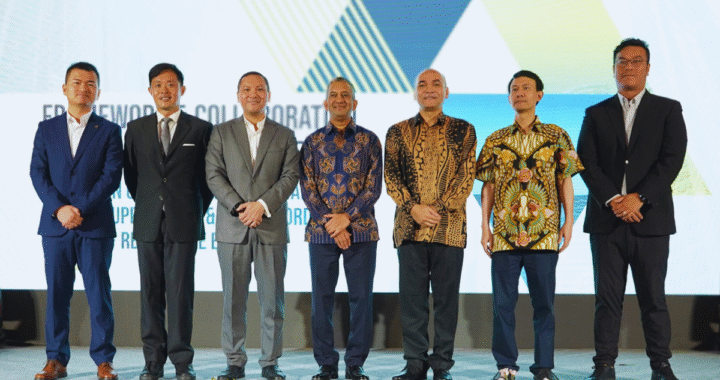 Energy, Not Just Real Estate – Rethinking Data Campuses With Power in Mind
Energy, Not Just Real Estate – Rethinking Data Campuses With Power in Mind 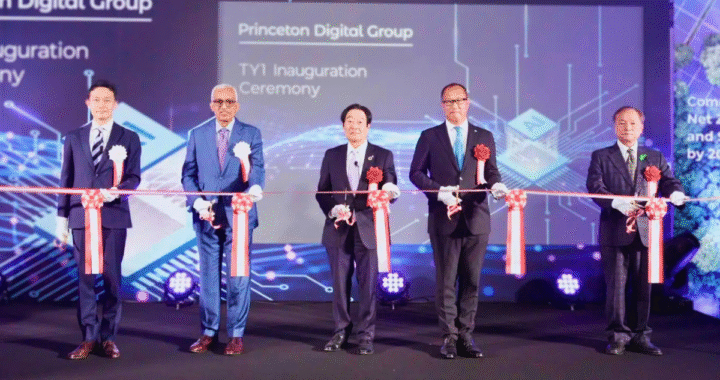 The Real Bottleneck: Why Energy, Not Ambition, Is Stalling the Asia-Pacific’s AI Data Center Boom
The Real Bottleneck: Why Energy, Not Ambition, Is Stalling the Asia-Pacific’s AI Data Center Boom  SoftBank Bets on Green Future with Japan’s Largest AI Data Center in Hokkaido
SoftBank Bets on Green Future with Japan’s Largest AI Data Center in Hokkaido  Redefining the Grid – Why the Power System Is the New Data Center Frontier
Redefining the Grid – Why the Power System Is the New Data Center Frontier